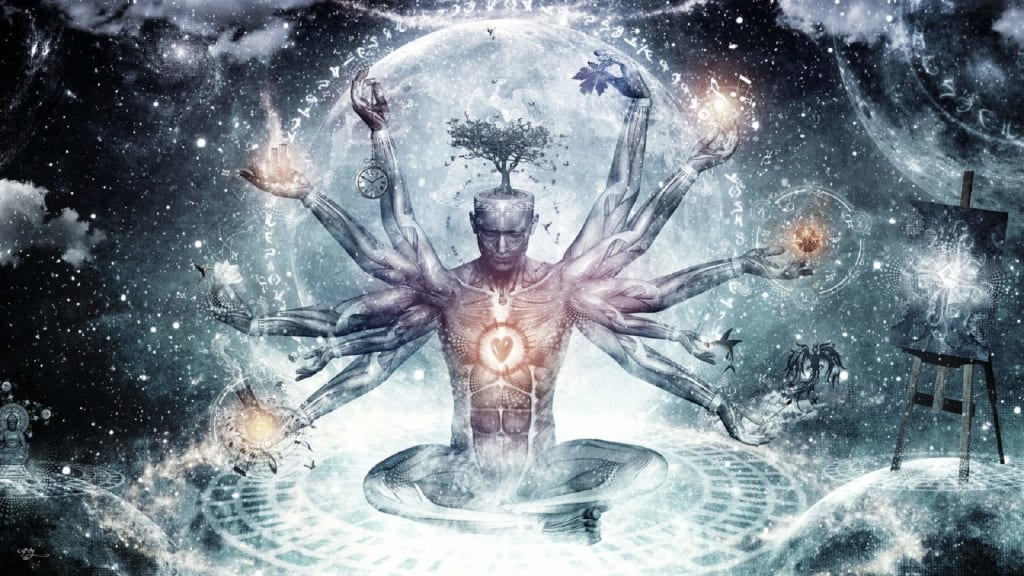
"The future depends on what we do in the present" by Ghandi is perhaps one of the most famous quotes there are regarding living in the moment. However, reality challenges the concept of the present in ways physicists have only recently begun to understand.
The Discovery of Light
For thousands of years from Socrates (469-399 B.C.) to Einstein (1879-1955), the world's greatest minds had attempted to solve the 'light problem'. Light comes from the sun, the moon, and the stars, but what is it? What is light made of, what creates light, and how fast does it travel? These were just a few of the questions that philosophers and mathematicians had pondered for millennia until Einstein's groundbreaking research in 1905.
Based on Planck's theory of the electromagnetic spectrum—that objects could absorb or release tiny packets of energy in various frequencies— Einstein proposed the first physical theory of light: besides having a frequency and a wavelength, light was also a particle. He proposed the theory that regardless of the intensity of light or the source it comes from, it always travels as tiny packets of energy before being absorbed by an object or element. This new particle was then later coined a "photon" by American chemist Gilbert N. Lewis (1875-1946).
He then discovered that these particles travelled at the same speed regardless of if the object was stationary or moving. For instance, if Descartes was driving at 20km/hr and Aristotle at 30km/hr, the light emitted from their headlights would still travel at the same speed. This is because light is known as a constant, such that it travels at the same speed in a vacuum for infinite time (299,792,458 metres per second).
Light and Human Perception
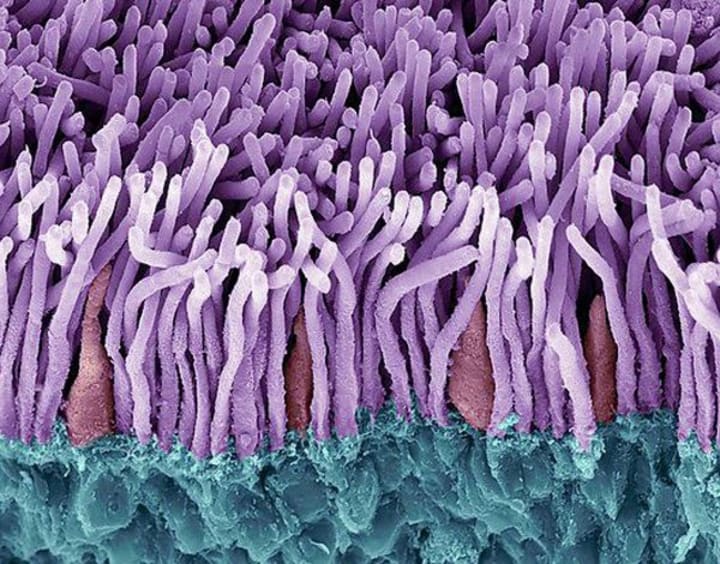
Before we can dive deeper into what I call the "past of present", we first need to understand how our eyes work. Vision is considered the dominant sense of humans, with approximately 70% of our sensory receptors found within the eyes alone. Although beautiful, these organs are highly complex and require at least half our cerebral cortex to function properly.
As light travels from the sun, different wavelengths of light are absorbed by surfaces while others are reflected. These wavelengths travel from the object through your pupil where they come into contact with the lens. The lens works much like a camera lens does, focusing the beams of light to a particular point within the eye, the retina. It is here in the retina that we find two specialized cells: cones and rods.
Cone cells sit closer to the center of the retina, and are divided into three sub-types: short, medium, and long-wavelength sensitive. These three types of cones cover the 2.3 million colors that the human eye can see. However, humans can only see within the visible light portion of the electromagnetic spectrum (below) where these wavelengths of color can be found. Because of their extreme sensitivity, cones also provide precise details about color, such as hue or saturation.
The reason objects appear particular colors to us results from the reflection or malabsorption of wavelengths from that object. For example, a rose appears red because it absorbs all the wavelengths of the visible spectrum except for red, which is what our eyes see. White is merely a reflection of all colors, while black is an absorption of all colors (this is why black clothing makes us so much hotter). In reality, these colors do not exist at all because they are the brain's interpretation of reflected wavelengths.
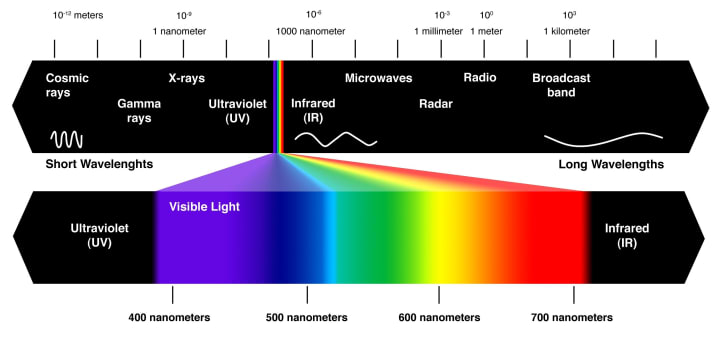
Rod cells, although more plentiful than cone cells by about 123 million, are much less sensitive to color. They are responsible for interpreting the shape, size, and brightness of objects. Thus, these cells play a crucial role in the human adaptation to darkness, allowing us to see shape and depth in darkness but not color.
Together, rods and cones transform visual stimuli into electrical and chemical stimuli the brain can understand. They then transmit this information to the occipital lobe at the rear of the brain via the optic nerve. It is here that the brain interprets the information from the eyes and produces our perception. With some help from our visual memories, the brain then develops an understanding of what we are seeing.
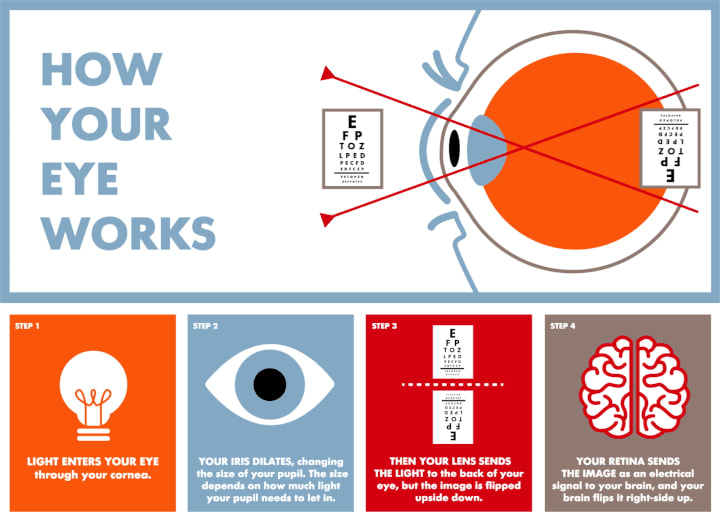
Light and Time
As you can see, vision is a highly complex process that requires time. Research suggests that processing speed can range between 10-150ms depending on the type of visual stimuli. Because of such high speed, we never experience a "break" or a pause in our visual field, making it appear as if every passing moment is one fluid scene.
However, our brains are actually deceiving us. It may seem that everything we see and experience is present-tense, but that couldn't be further from the truth. Remember that light constant we spoke about earlier (299,792,458 metres per second)? This means that, in a vacuum, it takes approximately one second for light to travel approximately 300,000,000 metres in a single second. On Earth, the air slows light down ever so slightly to about 299,702,547m/sec.
Now, if we factor in the speed of light on Earth and the speed of perceiving light by our brains, we can see that there is a slight delay. This means that the object we are perceiving is already ahead of that perception in time. For example, photons from the sun take approximately 8.33 minutes to reach our eyes. Thus, we are perceiving the sun as it was 8.33 minutes ago, and not as it is right now. This phenomenon allows astronomers to see the ancient universe when looking billions of light-years away; the light from the present has not yet reached us, so we can only see the light of the past.
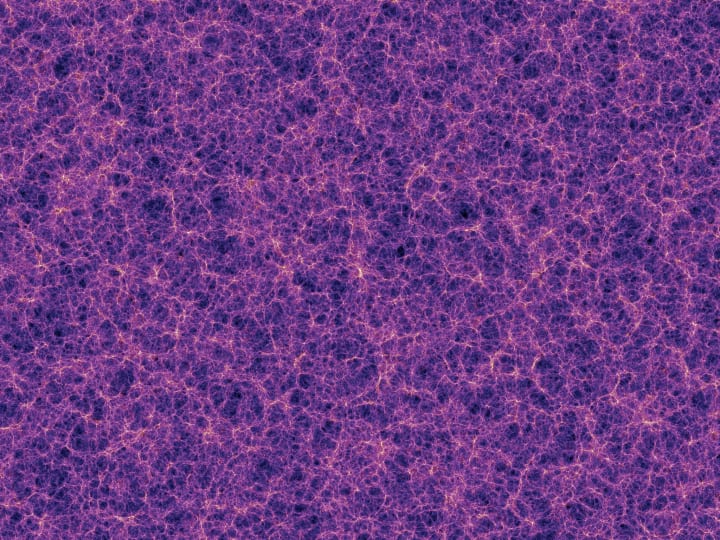
The Present-Tense Paradox
So, now we know that everything we see, no matter the distance, is merely a perception of an object that has already moved ahead of us in time. The same is true for sound, which is significantly slower than light, at about 343 meters per second in the air. This doesn't include the processing time required by the brain to perceive sound (roughly 0.05 seconds). We can see this delay between light and sound during the average thunderstorm; first we see the lightning, but then we hear the thunder. This is because light moves much more quickly in air than sound does. Thus, the thunder we hear is actually a remnant of the light we seen seconds before.
A paradox is defined as "a seemingly absurd or self-contradictory statement or proposition that when investigated or explained may prove to be well founded or true." No matter how absurd it sounds, we are always experiencing in the past. Our perception of present-tense experience is an illusion of the mind trying to catch up.
So, experience every moment like it's your last, because the reality is, it's already passed.
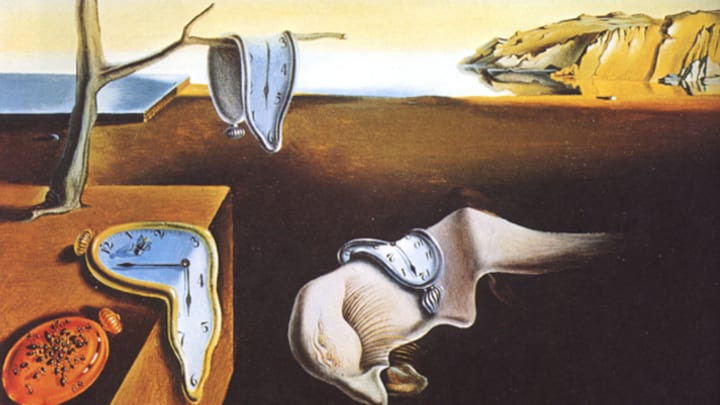
About the Creator
Justin Gignac
Hello there! I am a registered nurse with a major passion for writing and language. I enjoy writing about science fiction, mindfulness, health, psychology, wellness, philosophy, and the mysteries of being human.






Comments
There are no comments for this story
Be the first to respond and start the conversation.